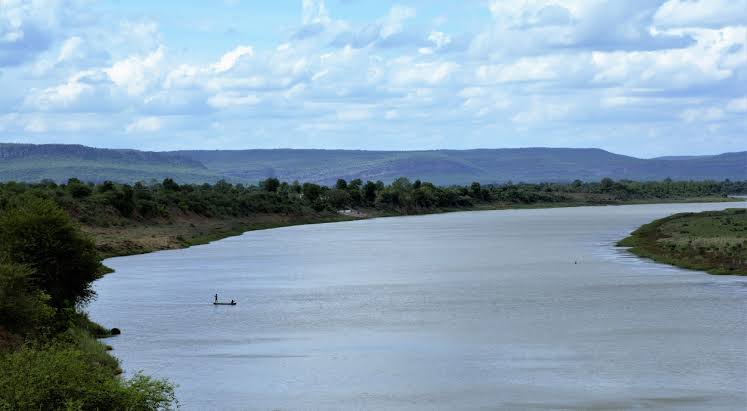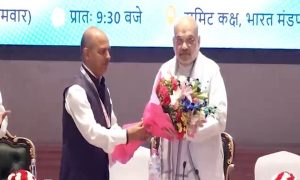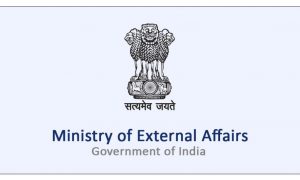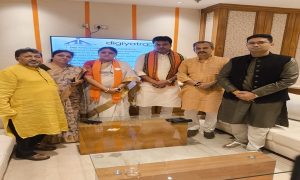The Inter linking of rivers project have been accorded top priority by the Government of India. The mission of this project is to ensure greater equity in the distribution of water by enhancing the availability of water in drought prone and rain-fed areas. This will help solve the water crisis in many parts of the country. It can also increase India’s hydropower generation capacity.
The programme and its progress is reviewed on regular basis in the Annual General Meetings (AGM) of NWDA Society headed by Minister of MoJS. A total of 35 meetings have been held so far.
National Water Development Agency (NWDA) has identified 30 links (16 under Peninsular Component and 14 under Himalayan Component) for preparation of Feasibility Reports (FRs) under Inter-linking of Rivers project. Out of these, either Feasibility Report or Detailed Project report have been prepared for 14 links under Peninsular Component and 7 links under Himalayan Component, some of which only pertaining to the Indian portion, said Jal Shakti ministry on Monday
The ministry further said that both feasibility report and detailed project report have been prepared for Godavari (Inchampalli) – Krishna (Nagarjunasagar) link, Krishna (Nagarjunasagar)-Pennar (Somasila) link and Pennar (Somasila) – Cauvery (Grand Anicut) link that come under the peninsular components of ILR.
Detailed project report preparation of Manas – Sankosh – Tista – Ganga (M-S-T-G) link and Ganga (Farakka) – Damodar – Subernarekha link is underway after the completion of their feasibility reports. The river link projects for which the feasibilty or pre-feasibility reports have been prepared include rivers from Nepal and Bhutan. Under the Himalayan component pre-feasibility report of Kosi – Ghaghra link, Sone Dam – Southern Tributaries of Ganga link and Kosi – Mechi Link have been prepared.
Benefits from Interlinking of Rivers
The overall implementation of river interlinking project would raise the ultimate irrigation potential from 140 million hectare to 175 million hectare. It will help generate 34,000 MW of hydropower.
Besides these benefits, the project is effective in drought and flood control. It is likely that the issue of recurring floods in Ganga and the Brahmaputra region can be solved with the help of this project. It can increase the availability of drinking water in many regions having water shortage. Improved navigation facility is another benefit that reduces the transportation cost, apart from other benefits such as boost to fisheries, salinity and pollution control etc.
The Government of India also constituted a committee called Special Committee on Interlinking of Rivers (SCILR) to review the progress of ILR projects regularly. 19 meetings of the SCILR have been held so far and the last meeting was held on 12 November 2021.
The Special committee for Interlinking of Rivers (ILR), after considering the views of all the stakeholders, is proceeding ahead to expedite the objectives of the interlinking of rivers in a consultative and cooperative manner.
The implementation of the ILR projects involves various steps such as perpetration of PFRs/FRs of links, negotiation and consensus among concerned States, preparation of DPRs of the projects, clearance from appraisal agencies which includes clearance by Ministry of Environment & Forests and Climate Change and Ministry of Tribal Affairs, techno-economic clearance by Advisory Committee on Irrigation, Flood control &Multipurpose Projects of Ministry of Jal Shakti, investment clearance and the construction time required for the completion of the projects as per the DPR.




























 WhatsApp us
WhatsApp us